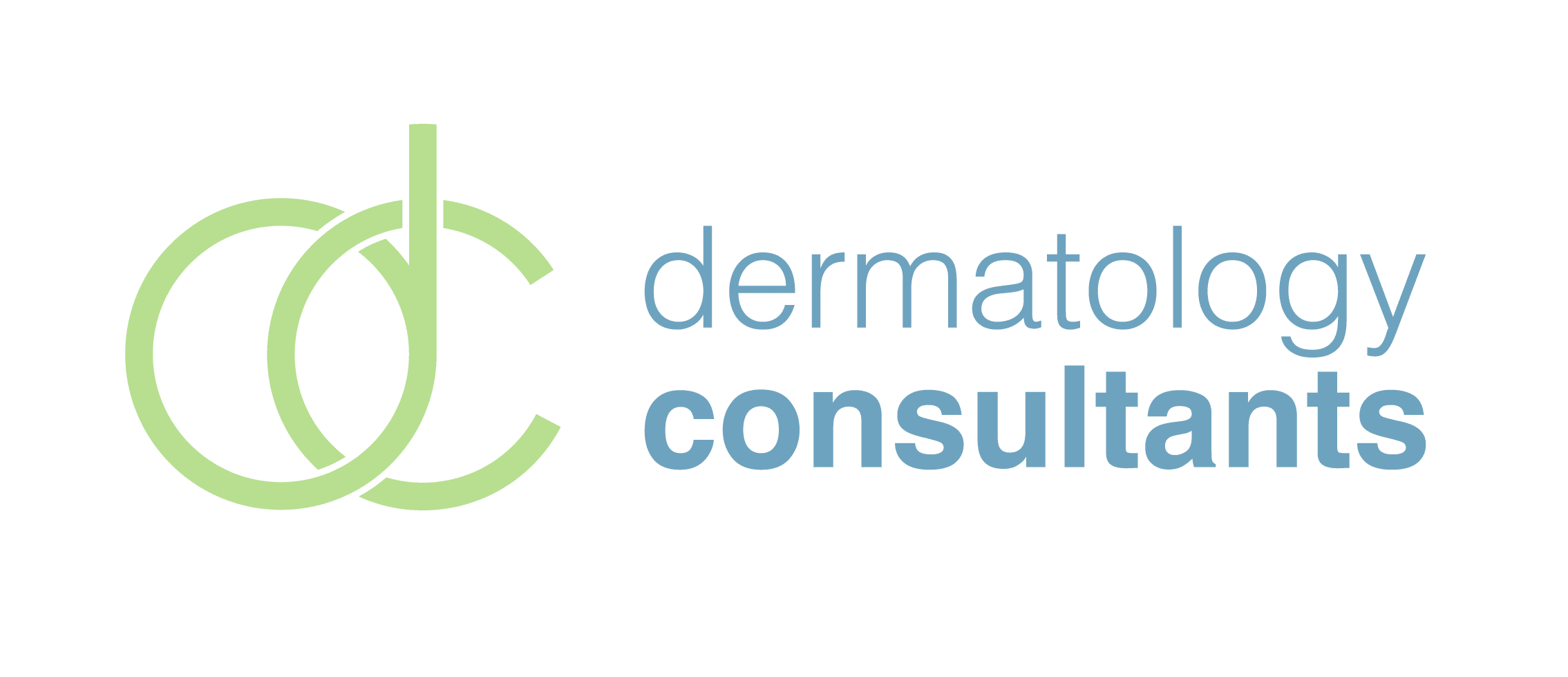What Is Cryotherapy?
Putting an ice pack on a wound is a simplistic form of Cryotherapy, a therapeutic method that utilizes cold to alleviate pain. While ice baths are technical another type of Cryotherapy, their downside requires sitting in freezing water for 10 to 20 minutes, ouch! A professional whole-body Cryotherapy treatment however can avoid the ice bath discomfort by employing quick extreme exposure to cold temperatures. Many swear by it for their skin’s health, improving sleep and mood, aiding in pain relief, and weight loss. Cryotherapy treatment become popular in the 1970’s, but its recent fashion among celebrities and athletes has stirred up media attention.
How Does Cryotherapy Work?
Professional Cryotherapy treatments involve liquid nitrogen and subzero temperatures. When the body encounters extreme temperatures, it forgoes thermoregulation. Trying to warm itself, the body sends increased blood flow to vital organs. Once the cold exposure stops, the body heats back up, its blood vessels expand, releases endorphins, destroys diseased cells, and original pain should begin to decrease.
What Are The Various Types of Cryotherapy Treatments?
Cyrotherapists use cryochambers and cryosaunas to expose the body to subzero temperatures. Single-person cryosaunas expose an individual’s body to the cold, minus their head. Cryochambers treat multiple people (up to 5) at once. In addition, physicians often use localized Cryotherapy by applying liquid nitrogen to a specific, isolated area of the skin. Localized Cryotherapy corrects skin disorders, removes warts, and relieves injuries.
Cryotherapy facials range from single, 15-minute sessions to long-term, multi-visit treatments. These facials flush out toxins and boost the supply of oxygen to skin cells. This reduces acne, minimizes wrinkles, reduces inflammation, and increases skin firmness.
Benefits of Cryotherapy
Cryotherapy can improve weight loss because it forces the body to work harder by increasing its temperature. Wellness experts report that a mere two minutes of exposure can burn up to 700 calories, albeit it should not be used actively as a means to lose weight. Cryotherapy benefits recovery from exercise and strenuous activity which is why many athletes utilize this method to avoid DOMS (delayed onset muscle soreness) post workout. The exposure to cold temperatures reduces any discomfort and works to loosen tight, sore muscles.
Cryotherapy can improve skin health. The treatment boosts blood circulation and decreases inflammation, leading to a healthy glow. Patients of Cryotherapy also notice their mood improve. This is because the body releases endorphins and adrenaline while reacting to the cold, and many people claim to have a runner’s high for up to 2 days as a result. Additionally, these endorphins help relax the body and aid in a good night’s sleep.
The procedure can also boost the immune system. The cold triggers the hypothalamus’ anti-inflammatory body processes. Regular immune processes increase in the cold and these benefits can last up to a week after exposure.
Health Risks Associated with Cryotherapy
Exposing the body to subzero temperatures comes with potential risks. First, exposure to extreme cold increases the potential risk of frostbite. Spending more time in freezing temperatures raises breathing and heart rates, which may lead to a loss of coordination or lightheadedness. With liquid nitrogen exposure, oxygen levels decrease dramatically and cause loss of consciousness in extreme cases. Those individuals with systematic issues like diabetes should not use Cryotherapy, as it can compromise blood flow. Pregnant women and those with pre-existing health conditions should avoid this treatment as shocks to the body can be harmful for both mother and baby.
How Often Should You Use Cryotherapy?
A number of professional athletes use cryosaunas twice a day for 2-minute intervals, but only due to the high amounts of strain they put on their bodies. For the general population, 1-2 treatments a week is sufficient. Many benefits from sessions may last up to 2 months. Treatment schedules vary depending on the patient’s level of athletic activity or the severity of their soft tissue ailments.
Is Cryotherapy Right For You?
While the benefits of cold therapy are well supported, medical practitioners are still learning about Cryotherapy. For residents living across northern New Jersey, determine if Cryotherapy will benefit your lifestyle by contacting a top dermatologist near you today.



